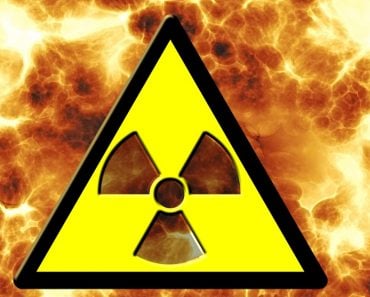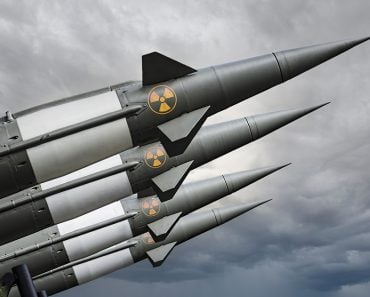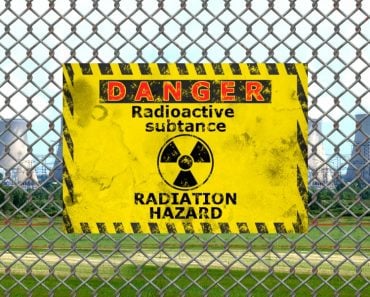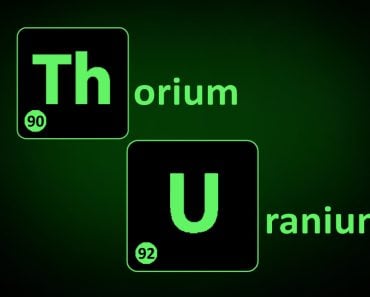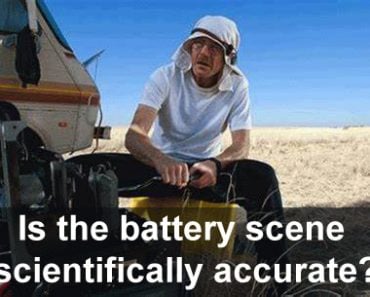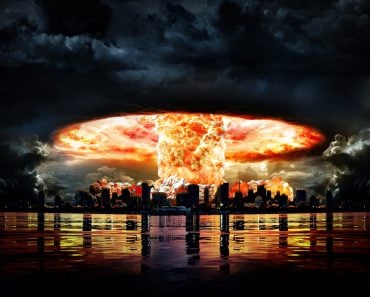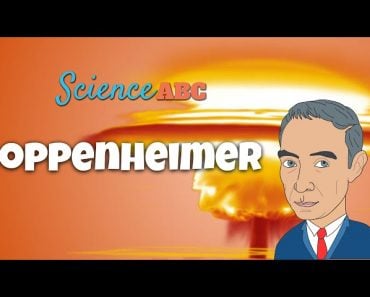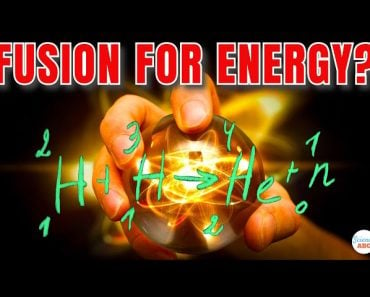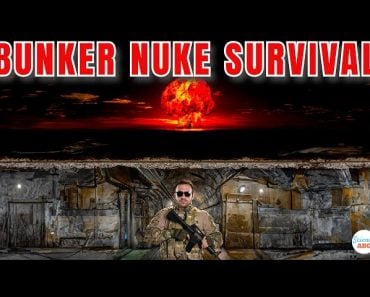Table of Contents (click to expand)
Chernobyl excellently breaks down the complex mechanisms of a nuclear disaster and makes it entertaining for viewers, but it did miss a few things in the process.
HBO’s 2019 series Chernobyl received critical acclaim for its accurate portrayal of the 1986 nuclear disaster at the Chernobyl power plant. The show provided a detailed look into the history, politics, and science behind the tragedy, with meticulous attention given to its production and writing.
While some creative liberties were taken for the sake of storytelling, most of the changes were justifiable. For instance, the addition of a fictional scientist named Ulyana Khomyuk, played by Emily Watson, represented the numerous scientists who contributed to the investigation.
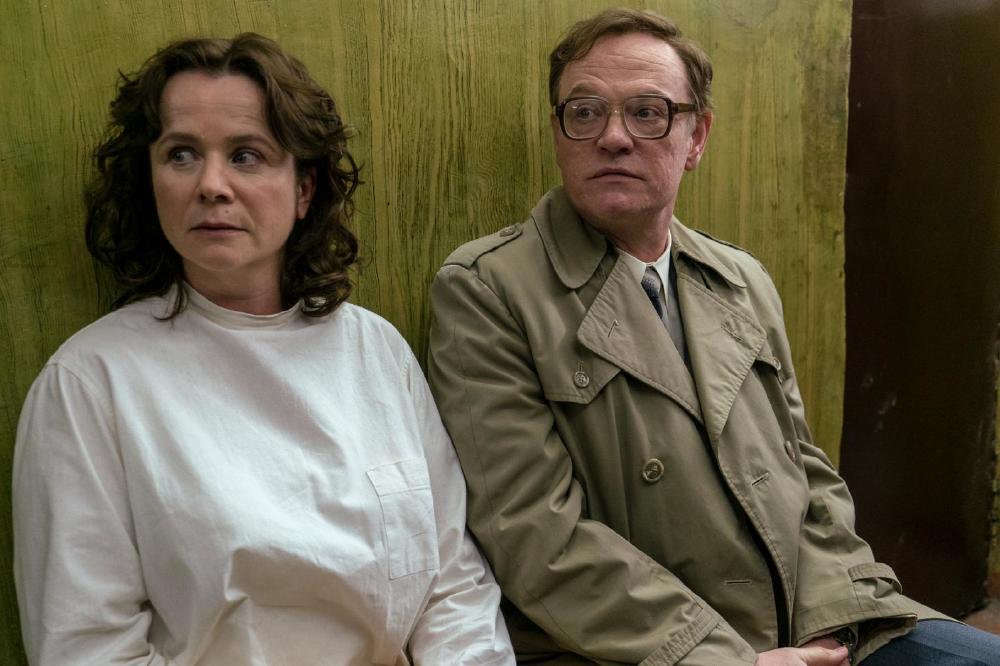
However, at times, the creators added elements solely for dramatic effect. As a result, many viewers were left feeling anxious after binge-watching the series, fearing that their local reactors could pose a danger. It is important to note that this is not the case.
While some aspects of the science behind Chernobyl were simplified, and others were exaggerated, overall, the show’s scientific accuracy was impressive. The series accurately portrayed certain scientific aspects, while other parts fell short. This article will examine what technical aspects of Chernobyl were correct and which were not.
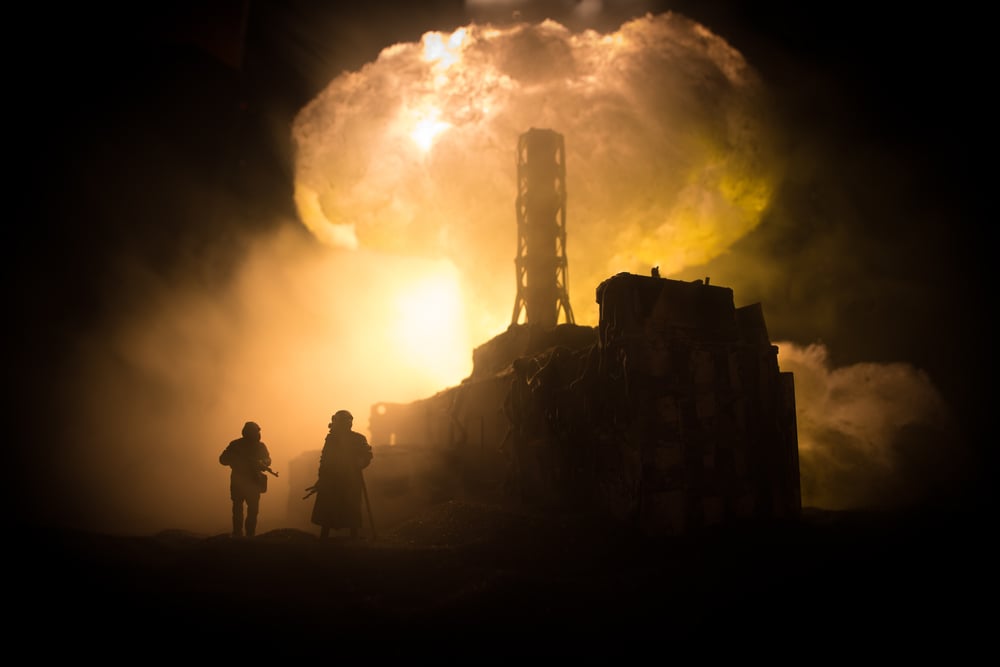
The science side of Chernobyl does suffer a bit, being simplified in some points and blown out of proportion in others. Some parts of the show are incredibly scientifically accurate, and some fall short. With that in mind, let’s look at what technical aspects Chernobyl got right and what it got wrong.
Recommended Video for you:
How Dangerous Is The Radiation?
One Forbes article writes, “Chernobyl runs across the line into sensational in the first episode and never looks back.” This might seem at odds with what creator Craig Mazin says about the show. Mazin told Variety that while writing the show, he “always defaulted to the less dramatic because the things that we know for sure happened are so inherently dramatic.” However, putting the show under some level of scrutiny is hard to believe.
The portrayal of the dangers of radiation and nuclear energy was exaggerated to a ludicrous extent in certain parts of the show.
For instance, the story of firefighter Vasily Ignatenko and his pregnant wife, Lyudmilla, is true. Still, the claim that Lyudmilla’s unborn child dies because of the radiation absorbed from Vasily’s body… is most certainly not true. That is not how radiation poisoning works.
Radiation is not a virus that can spread through contact. Showing it in that way is preposterous and even problematic. After Vasily has been stripped and cleaned, there is no reason that his body would hold enough radioactive contamination to cause any distress to Lyudmilla, let alone affect an unborn fetus.
Radiation is also not like a ‘bullet,’ as it is so dramatically described in the show.
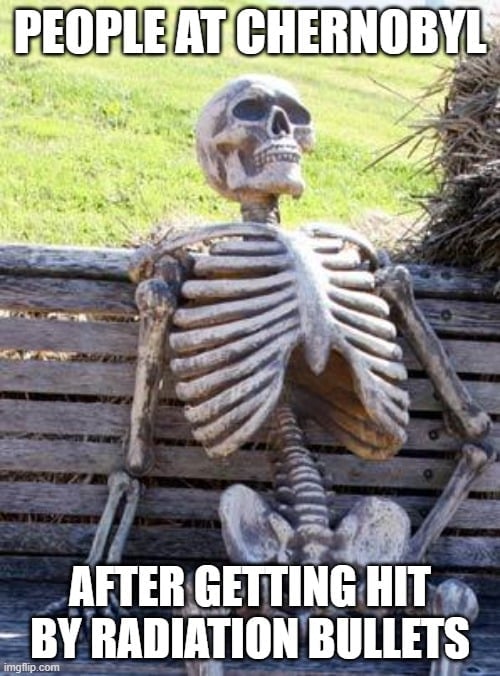
Radiation is all around us at all times… it’s not something that only comes from nuclear reactor failures. We would be unable to go about our day-to-day lives in peace if bullets were shooting us at all times from all sides, now would we?
The series also shows workers dying instantly after being exposed to radiation…another exaggeration. First responders were indeed diagnosed with acute radiation syndrome (ARS), and among those affected, some died, but their tragic deaths were months later. Most of the others, in fact, lived out the rest of their lives. The civilian population around Chernobyl was also not affected by ARS, as the show would have us believe.
Can An RBMK Reactor Explode?
Many fans were also left with much scientific curiosity after the series concluded. Some were intrigued by how one of the central (though not particularly liked) characters, Anatoly Dyatlov, insisted that an RBMK REACTOR CANNOT EXPLODE. Even when it becomes painfully obvious that it did, in fact, explode.
So… why was he so firm in his insistence? Was it just that he was terrified of admitting that the unthinkable had happened on his watch, or was the scientific reasoning behind his thought process solid?
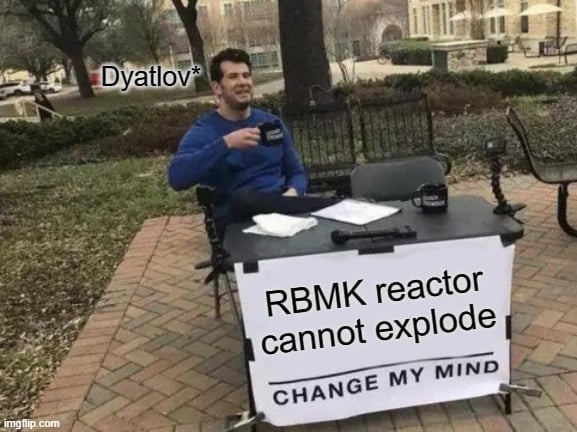
He was correct in saying that an RBMK reactor cannot explode. At least, not in the way you imagine an explosion to happen. When thinking about nuclear explosions, nuclear bombs are what comes to mind. However, reactor failures work differently from the runaway chain reactions of nuclear bombs. Nuclear fuel in reactors does not have sufficiently high concentrations of fissionable Uranium to explode like a bomb.
Valery Legasov explains how the Chernobyl disaster happened in the final courtroom scene. The first part of his speech explained how the reactor works, how the different components controlling the reactions work together, and hence why Dyatlov thought an explosion was impossible.
Yet the impossible—the explosion in Chernobyl—did happen. Why? It was caused by a unique set of circumstances, which combined human error, a broken political system, misinformation, design flaws in the reactor, and a bit of bad luck that led to many poor choices.
In other words, unfortunately, RBMK reactors can explode, but they need a lot of help!
Simplifying The Reactor Explosion
It was a tough job for the creators to delve into the complex physics behind the Chernobyl disaster without losing the audience’s interest. Thus, they watered down some parts when explaining what happened.
A more accurate look into what happened is shown in this video.
RBMK (which, FYI, stands for Reaktor Bolshoy Moshchnosti Kanalniy or ‘high-power channel reactor) has the unique feature of using graphite as the moderator and water as the coolant and water as both a coolant and an absorber of neutrons gives the reactor a positive void coefficient. This is that big word thrown around liberally by our man Legasov during the trial.
The void coefficient is the ratio of water to steam. Other reactors have a negative void coefficient, which means that an increase in steam leads to a decrease in reactivity. In RBMK reactors, however, because water also serves the purpose of absorbing neutrons, there is a positive void coefficient, meaning that an increase in steam will lead to an increase in reactivity.
Basically, the two flaws in the design of RBMK reactors that allowed for the Chernobyl disaster to happen are the design of the control rods and the positive void coefficient.
As the show says, the control rods weren’t actually Boron tipped with graphite. The design is more accurately represented in this image-
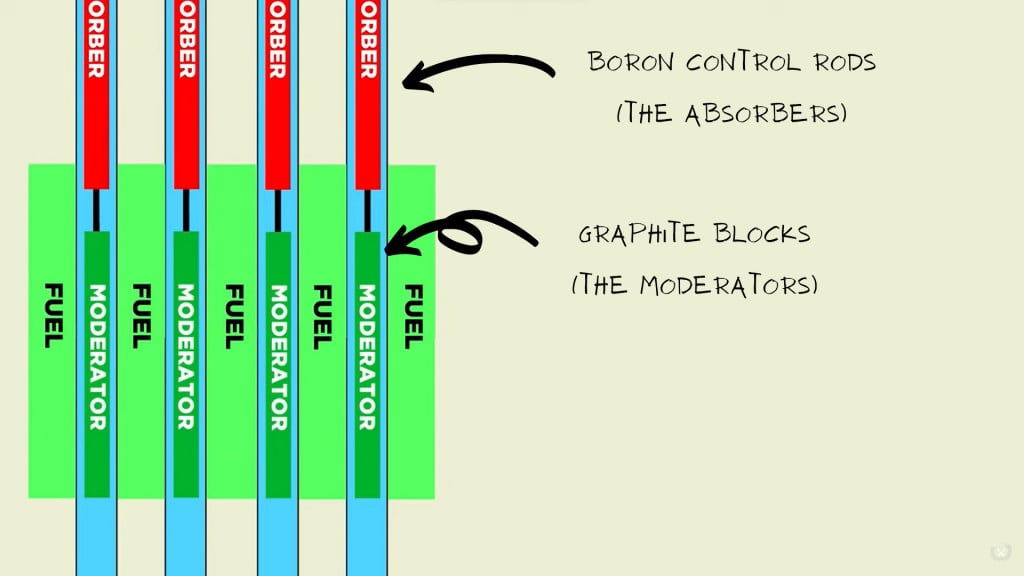
So, while taking out the control rods (which slow down the reaction), they are simultaneously putting in the moderators (which speed up the reaction). This design ultimately caused the final straw that led to the disaster truly going off the rails.
The chain of events is described pretty well in the show, staying true to the facts while giving viewers a visceral taste of building tension and danger. The safety test happened. The reactor power got too low and was brought up too fast, and then, the now-infamous AZ-5.
As for the explosion itself, the show’s explanation simplifies things quite a bit. When the control rods were reinserted all at once, and the moderators shifted, there were way too many neutrons at the base of the reactor. The reaction spiked to a level that it simply could not handle. Combined with all the other unfavorable elements in play, this spike in neutron flux caused the explosion.
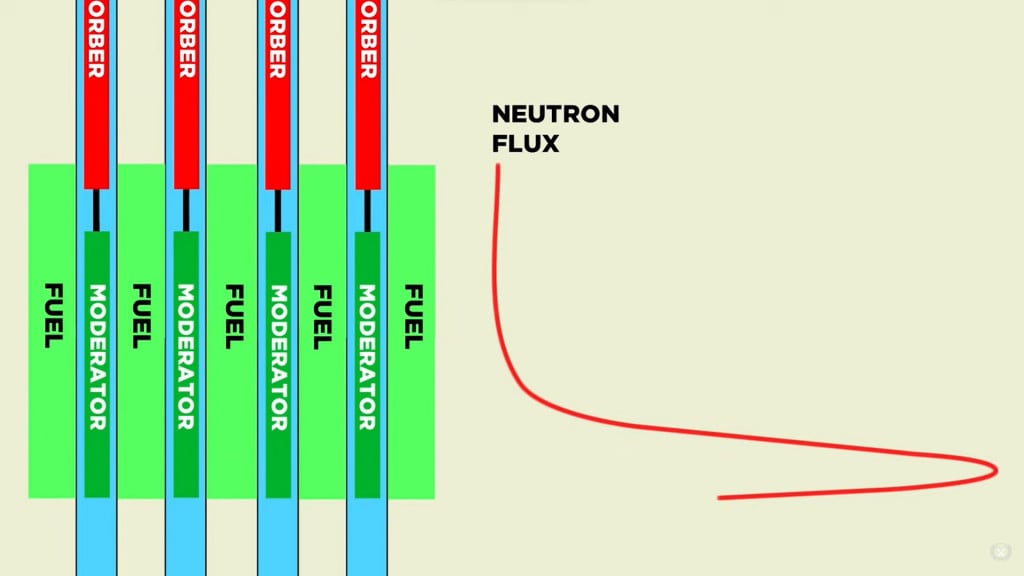
Nothing was left at the reactor’s base to absorb neutrons and control the reactions when the control rods were being reinserted at this particular position. This is what tipped the reactor over the point of no return.
A Final Word
In conclusion, Chernobyl gets some things right and some things very wrong. In short, radiation does not spread like COVID-19, and RBMK reactors do explode. Although the show offered a pretty great explanation for the reactor failure, there are some other technicalities behind it all, for those who are curious!
However, compared to all the sci-fi mishaps out there, the technical inconsistencies of Chernobyl can be forgiven to some extent. Although perhaps not for all of it, like the radiation stories scaring the pants off the audience. The important thing is to remember that the series is still a dramatization of real events, no matter how accurate it may be.
Last Updated By: Ashish Tiwari
References (click to expand)
- RBMK Reactors – Appendix to Nuclear Power Reactors.
- Chernobyl Accident 1986.
- Sequence of Events – Chernobyl Accident Appendix 1.
- Afanasieva, A. A., Burlakov, E. V., Krayushkin, A. V., & Kubarev, A. V. (1993, July). The Characteristics of the RBMK Core. Nuclear Technology. Informa UK Limited.
- Saenko, V., Ivanov, V., Tsyb, A., Bogdanova, T., Tronko, M., Demidchik, Y., & Yamashita, S. (2011, May). The Chernobyl Accident and its Consequences. Clinical Oncology. Elsevier BV.
- The Chernobyl Accident — An Epidemiological Perspective.

